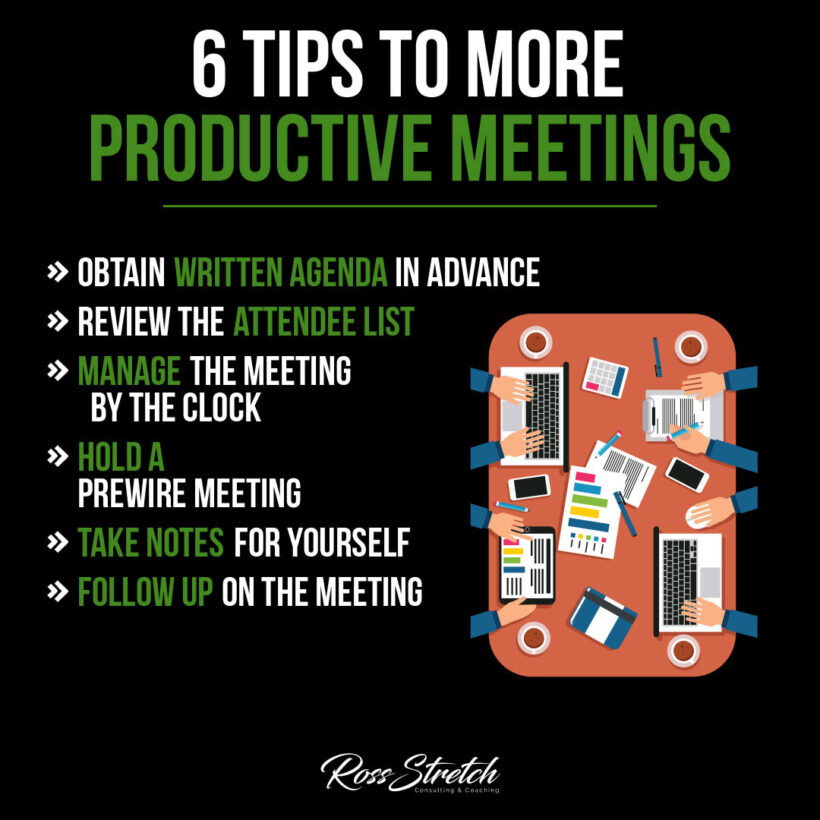Obtain a Written Agenda in Advance
An agenda is a roadmap for your meeting. It tells everyone what topics will be discussed and in what order. Getting a written agenda in advance allows participants to prepare their thoughts and ideas. They can also bring any information needed to contribute effectively. When everyone is on the same page, meetings tend to run smoothly and stay on track.
Why it works:
- Keeps the meeting focused.
- Helps attendees prepare relevant information.
- Reduces time spent on off-topic discussions.
Tip: Send the agenda to all attendees at least a day in advance. Encourage them to review it and bring any questions or comments.
Review the Attendee List
Before the meeting, go over the attendee list. Make sure that only people who need to be there are invited. Having too many participants can lead to distractions and make it harder to focus. By keeping the group small and relevant, you can streamline the meeting and ensure everyone has a reason to contribute.
Why this matters:
- Reduces unnecessary opinions or distractions.
- Ensures that each person is relevant to the discussion.
- Keeps the group size manageable for effective communication.
Tip: Ask yourself, “Does this person need to be here for this discussion?” Only invite those who are essential to the meeting’s goals.
Manage the Meeting by the Clock
Time management is critical in any meeting. Set a time limit for each agenda item and do your best to stick to it. Use a timer if needed, and let everyone know upfront that time limits will be enforced. This helps to avoid long discussions on one topic, keeping the meeting moving forward.
Why time management helps:
- Keeps the meeting on schedule.
- Helps participants stay focused and concise.
- Reduces the chance of the meeting running over time.
Tip: Appoint a timekeeper or use a meeting timer to stay on track.
Hold a Prewire Meeting
For complex topics, consider holding a prewire meeting. This is a smaller meeting with a few key stakeholders where you discuss the main points ahead of time. This helps address any potential roadblocks early and can prevent lengthy discussions during the main meeting.
Why prewire meetings are useful:
- Helps to iron out complex details in advance.
- Saves time by resolving issues before the main meeting.
- Allows for more streamlined discussions in the main meeting.
Tip: Use prewire meetings for topics that require in-depth discussion or have the potential for disagreement.
Take Notes for Yourself
Taking notes is crucial. Don’t rely on memory to recall all the points discussed. Notes help you track decisions, action items, and any follow-up tasks. They also make it easier to refer back if there’s any confusion later. Encourage each participant to take notes as well to keep everyone on the same page.
Why note-taking is important:
- Keeps track of key points and decisions.
- Helps with accurate follow-up after the meeting.
- Ensures that everyone remembers their assigned tasks.
Tip: Use a note-taking app or designate someone to take official notes if possible.
Follow Up on the Meeting
The meeting doesn’t end when everyone leaves the room. A follow-up email with the key points, action items, and deadlines helps ensure everyone knows what to do next. This recap keeps the momentum going and holds everyone accountable for their tasks.
Why follow-up matters:
- Reinforces the points discussed in the meeting.
- Provides a record of responsibilities and deadlines.
- Ensures accountability and keeps projects moving forward.
Tip: Send the follow-up email within a day of the meeting to keep everything fresh in participants’ minds.
Resources
Here are some tools and resources to make your meetings even more productive:
- Asana – Project Management and Follow-Up Tool
- Microsoft OneNote – Note-Taking for Meetings
- Clockify – Time Management and Meeting Timer
- Zoom – Conduct and Record Meetings
- Doodle – Meeting Scheduling Tool


